Schizostachyum pergracile
Schizostachyum pergracile (previously Cephalostachyum pergracile) is a beautiful medium sized clumping bamboo native to India and Indochina. The common name for this bamboos species is Tinwa Bamboo and the plant has good quality canes which are used extensively for cooking and baking sticky rice, the poles are also used for construction.
Schizostachyum pergracile is a priority bamboo and cultivated both within and outside its native range for its usefull canes and as an ornamental.
| Plant Info | |
|---|---|
| Scientific Name | Schizostachyum pergracile |
| Synonyms | Cephalostachyum pergracile |
| Common Names | Tinwa Bamboo |
| Family | Poaceae |
| Tribe | Bambuseae |
| Genus | Schizostachyum |
| Height | 10 - 15 m |
| Diameter | 50 - 75 mm |
| Growth Habit | Dense Clumping |
| Climate | Tropical - Subtropical |
| Hardiness | -6°C |
| Edibility | (1 of 5) |
| Flowering Cycle | 7-15 years |
| Origin | Bangladesh, China, India, Laos, Nepal, Myanmar |
| Uses | Construction, Cooking Pots, Fishing Rods, Basketry, Mat Making, Handicrafts, Paper Pulp, Ornamental, Landscaping, Screening |
Rhizomes
Schizostachyum pergracile has short rhizomes which means that its grows in dense clumps.
Culms
Schizostachyum pergracile has erect culms that slightly bend toward the top. The culms are on average 10-15 m tall (although 30 m has been reported in optimal conditions), and have average diameter of 50-75 mm. The internodes are thin walled and on average 30-45 cm long. Nodes are slightly thickened and basal nodes do not present aerial roots.
The color of the culms is bluish-green (somewhat whitish below the nodes when young), and greyish-green when mature. Young shoots have an orange-yellow color.
Culm Sheaths
The culm sheaths of Schizostachyum pergracile are 10-15 cm long and cover about half the length of the internode. They have a typical orange-brown color and are covered with black hairs.
Branches
Schizostachyum pergracile has many short thin branches at each node, which are about equal in size and 0,5-1 m long. Branches usually arise from the higher nodes, but occasionally culms have rudimentary branches on the lower part of the culm as well.
Leaves
Leaves are lance shaped and 15-35 cm long by 25-32 mm wide. The leaf surface is rough on both sides and has 14-26 secondary veins. Usually there are 5–8 leaves per branchlet.
Habitat
Schizostachyum pergracile is a tropical lowland bamboo. It grows best on lower hills, in mountain valleys, and in mixed deciduous forests near streams up to an altitude of 1000 m. This bamboo thrives on well-drained loamy soils, but is also suitable for sandy, heavy clay and red soils.
Schizostachyum pergracile is vigorous in moist forests where it co-exists with Teak, Bambusa polymorpha or Dendrocalamus membranaceus, but in the drier forests where Dendrocalamus strictus is the prevailing bamboo, it is stunted.
Flowering
Schizostachyum pergracile flowers sporadically almost every year. When it flowers sporadically, it generally does not produce viable seed. Schizostachyum pergracile does produce viable seeds when it flowers gregariously over extensive areas. The gregarious flowering cycle for this bamboo varies from 7-15 years.
Local ethnic villagers of Manipur have a superstitious belief that bamboo flowering is a bad omen to the particular village or to a particular homestead. The peoples generally destruct bamboo clumps immediately after flowering. But Schizostachyum pergracile clumps develop very slowly; under favourable conditions they take 12-15 years to produce full-sized culms, while under unfavourable conditions this may take up to 30 years. Considering its uses in social life of local peoples and for interest in biodiversity conservation, it is required to protect this species from further extermination.
Spacing
Suitable spacing varies according to the purpose of planting. For wind-breaks and fences 3-4 m x 3-4 m is used, for plantations 8 m x 8 m is recommended.
Yield
Yield figures are scarce. About 7 t/ha of air-dried culms per year are reported from India and Burma (Myanmar) from a crop with a cutting cycle of 3 years.
Uses
Schizostachyum pergracile belongs to the list of priority species and is an important bamboo in its native habitat because it is widely harvested from the wild for its useful canes. It is often planted around houses and villages in Myanmar and Thailand because many local people prefer this bamboo over conventional pots to cook and eat glutinous rice. Freshly cut internodes of 1-year-old culms are used as cooking vessels. The green canes of S. pergracile withstand fire and add a unique fragrant flavor to the meal. The bamboo casing also acts as a convenient container in which the cooked food can be carried while traveling or working in the forest.
The canes are also used in light construction (as house posts, roof frames, walling mats, shingles etc.), as fishing rods, and for making handicrafts (especially lacquerware). They green outer layer is easily split into thin strips which are used for basketry and mat making. The culms are also used as a raw material for paper pulp.
Schizostachyum pergracile is also recommended as an ornamental for landscaping or screening because of its beautiful greyish-green culms with reddish-brown culm sheaths.
Young shoots are edible but have a bitter taste.
Origin
Native to:
Assam, Bangladesh, China South-Central, East Himalaya, India, Laos, and Myanmar.











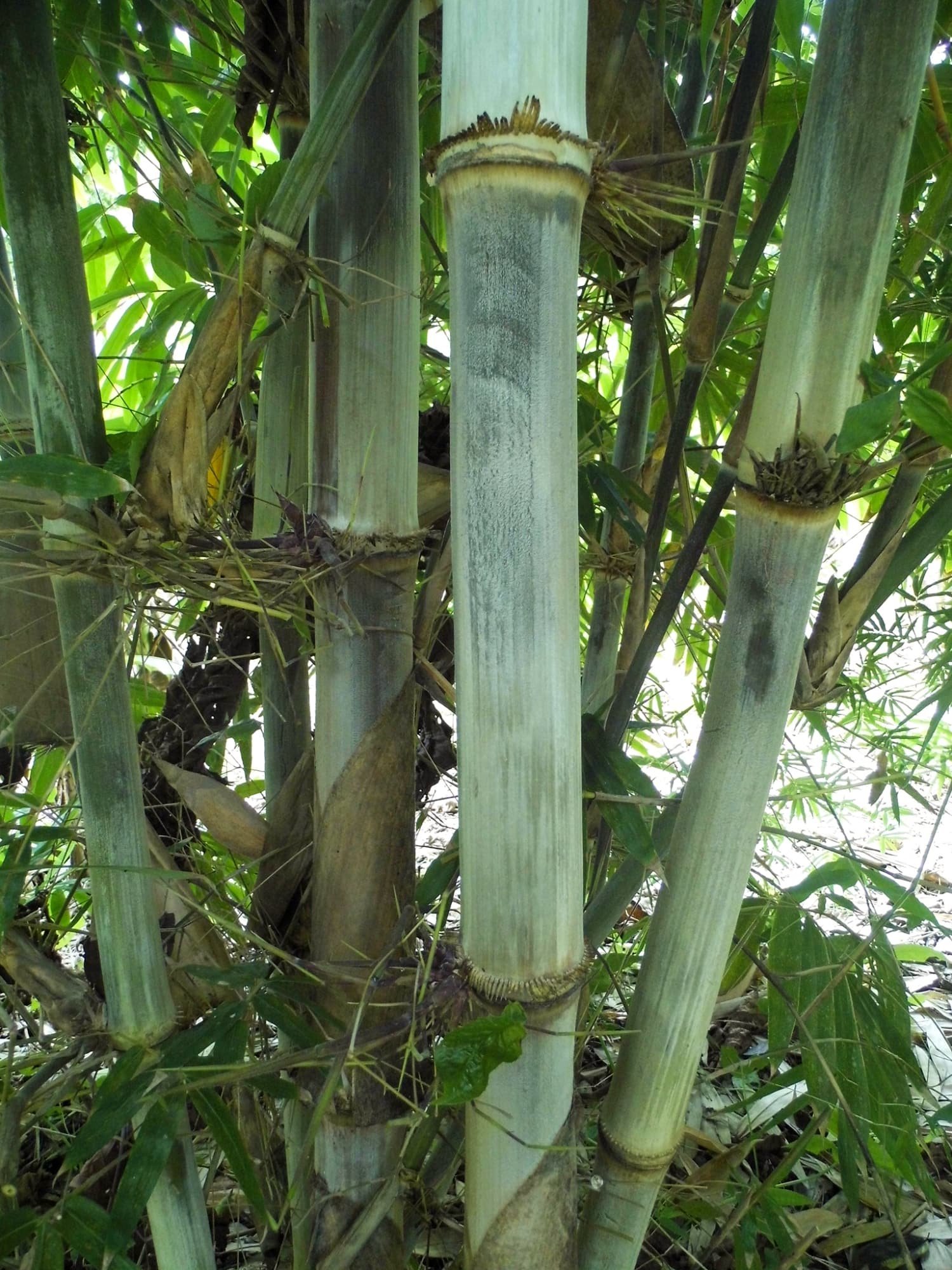


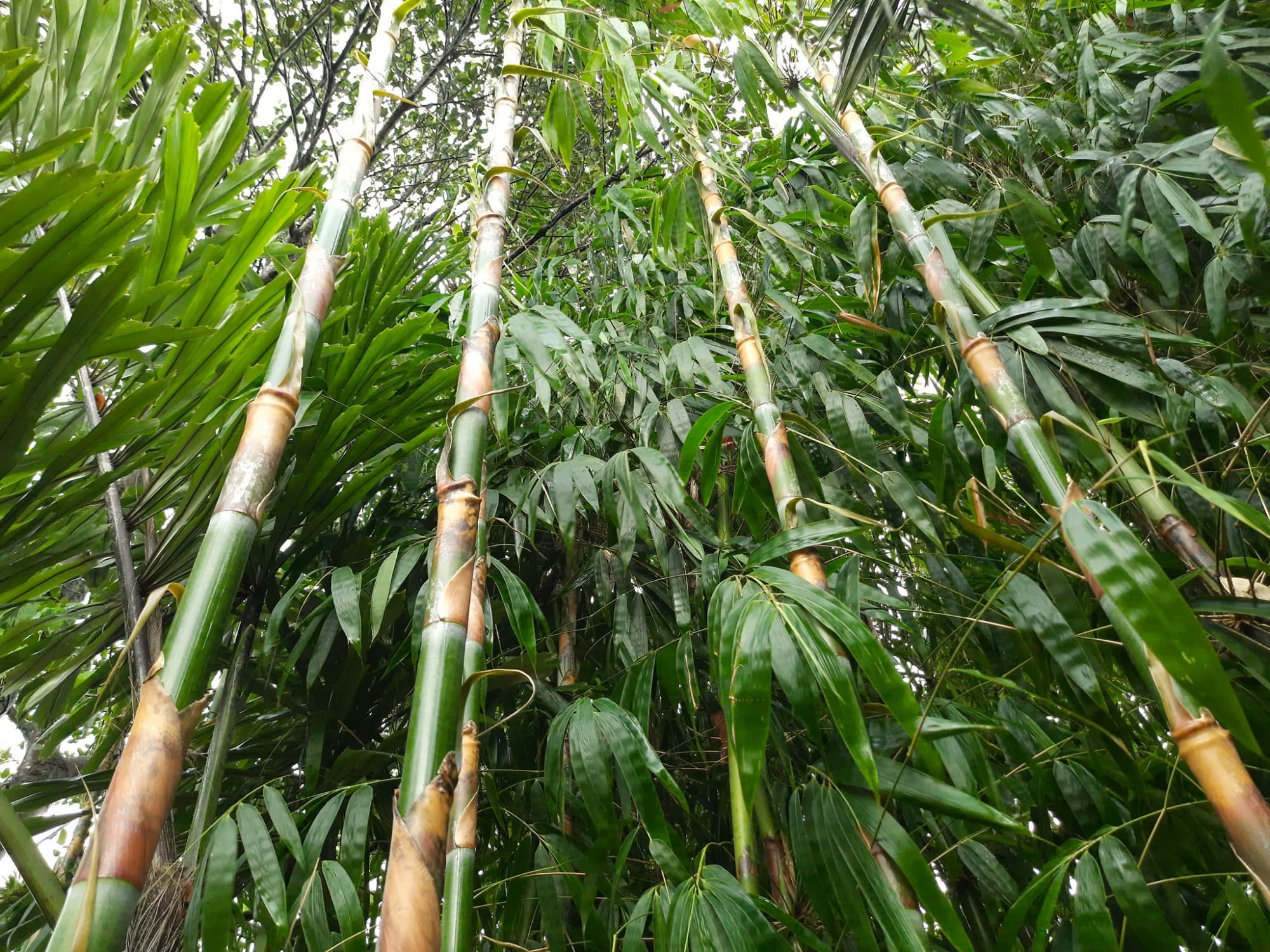
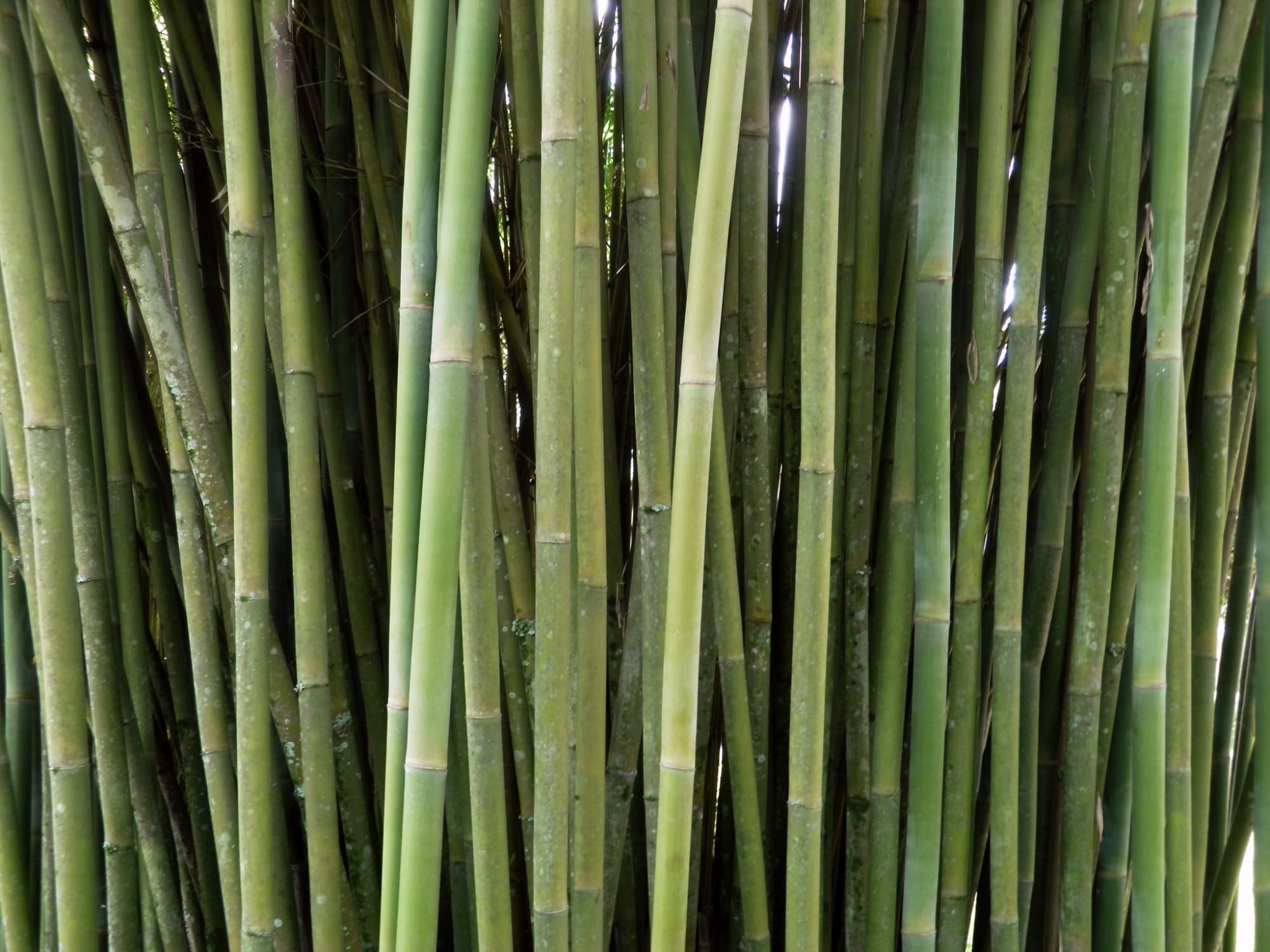
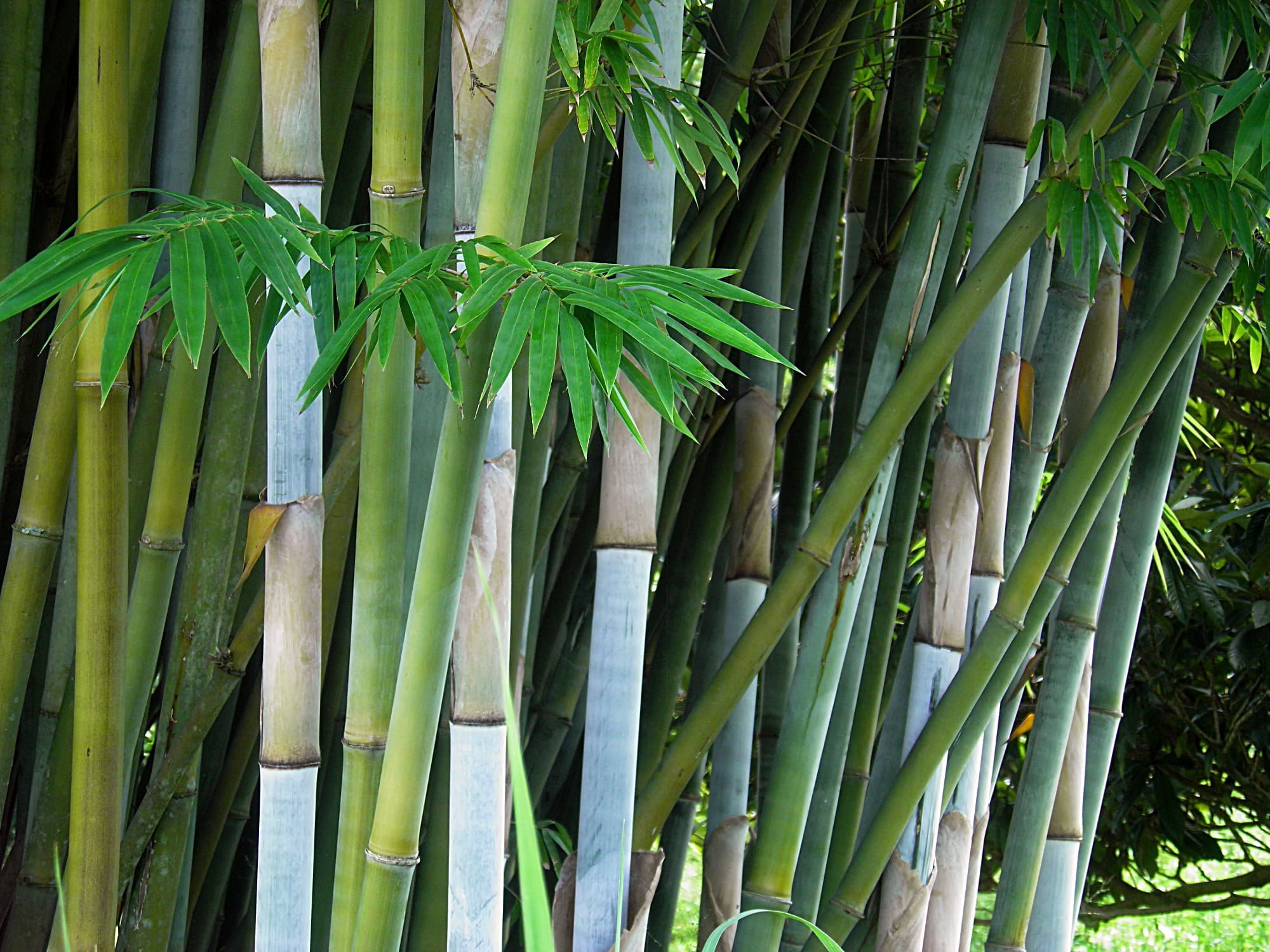
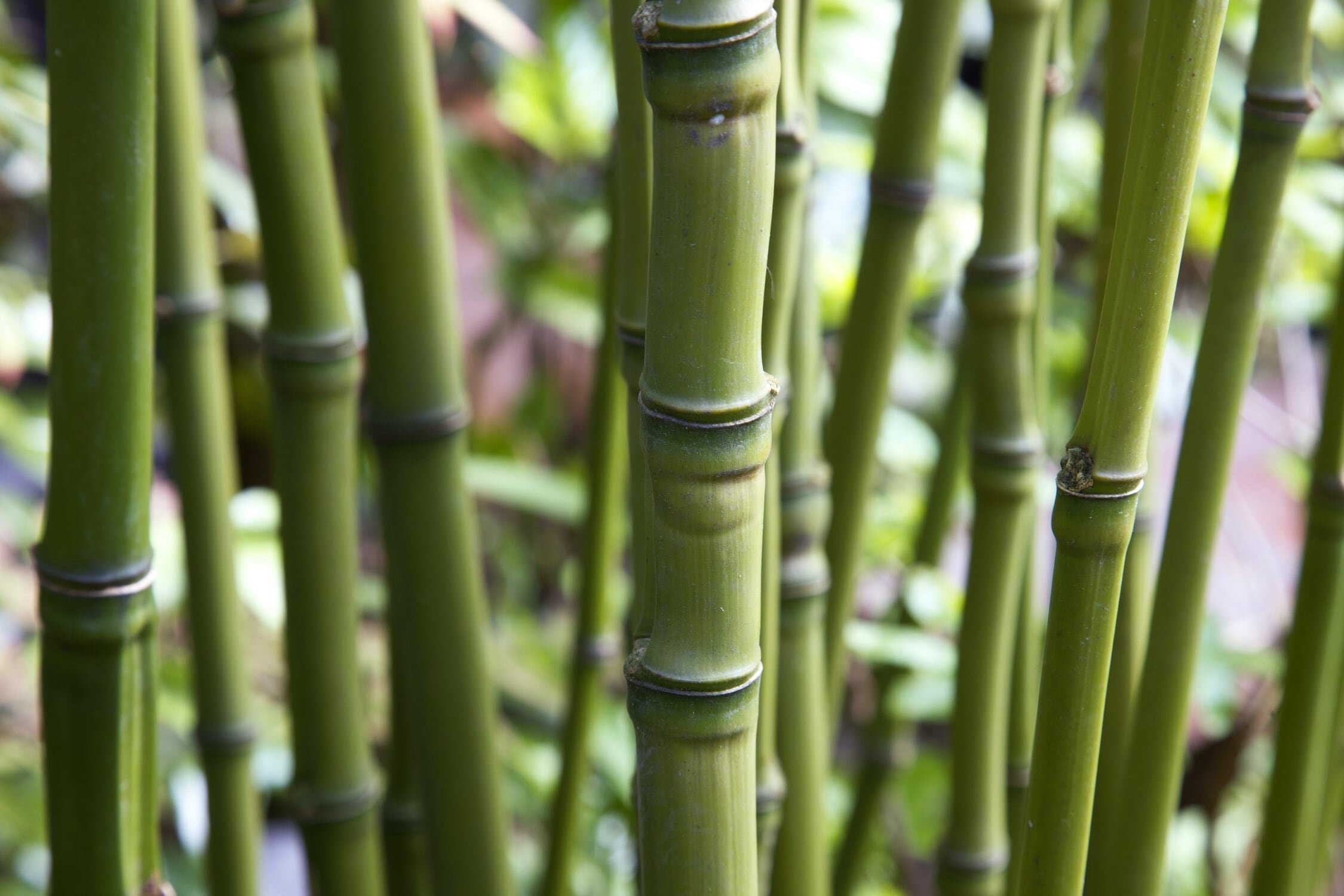
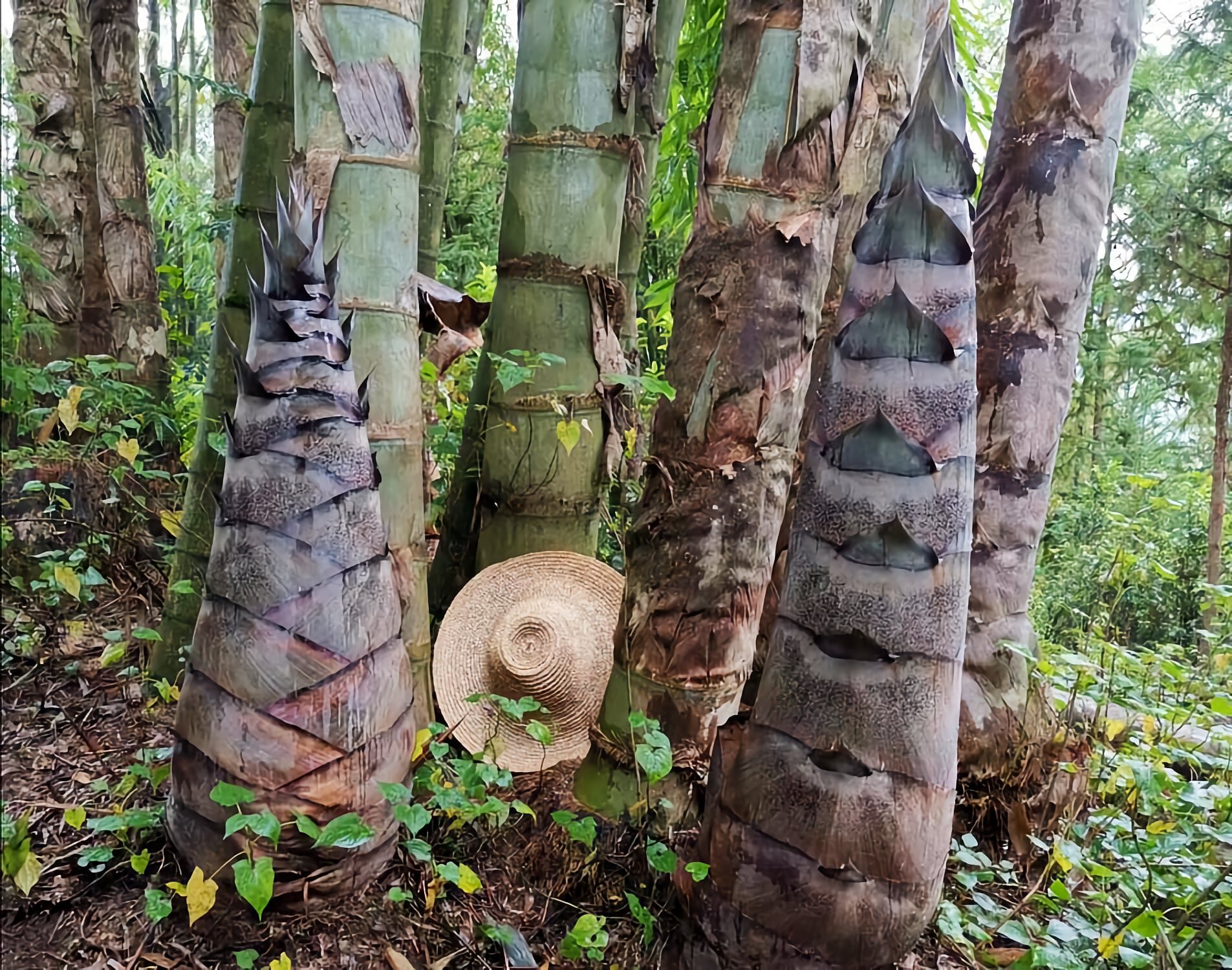


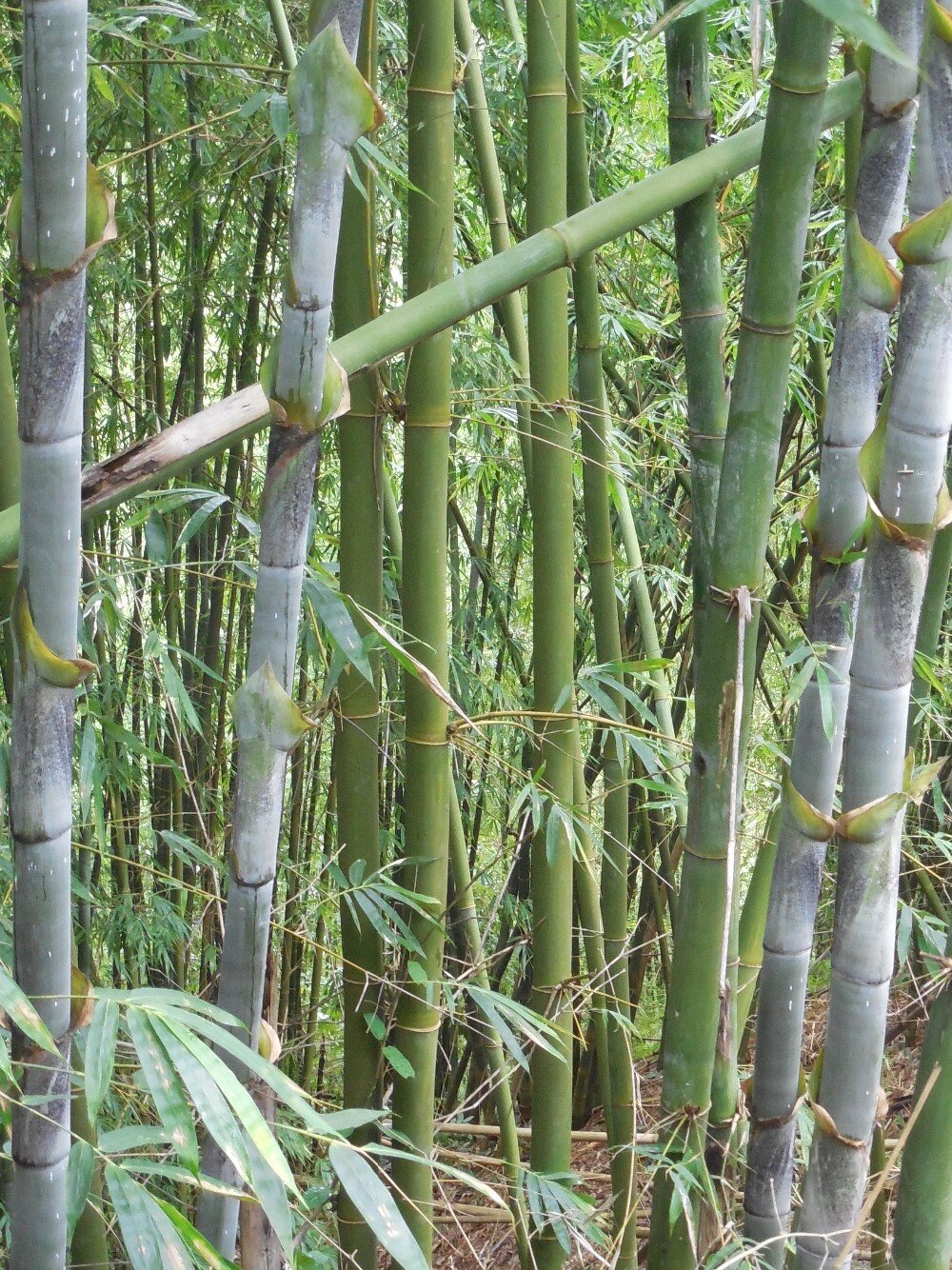
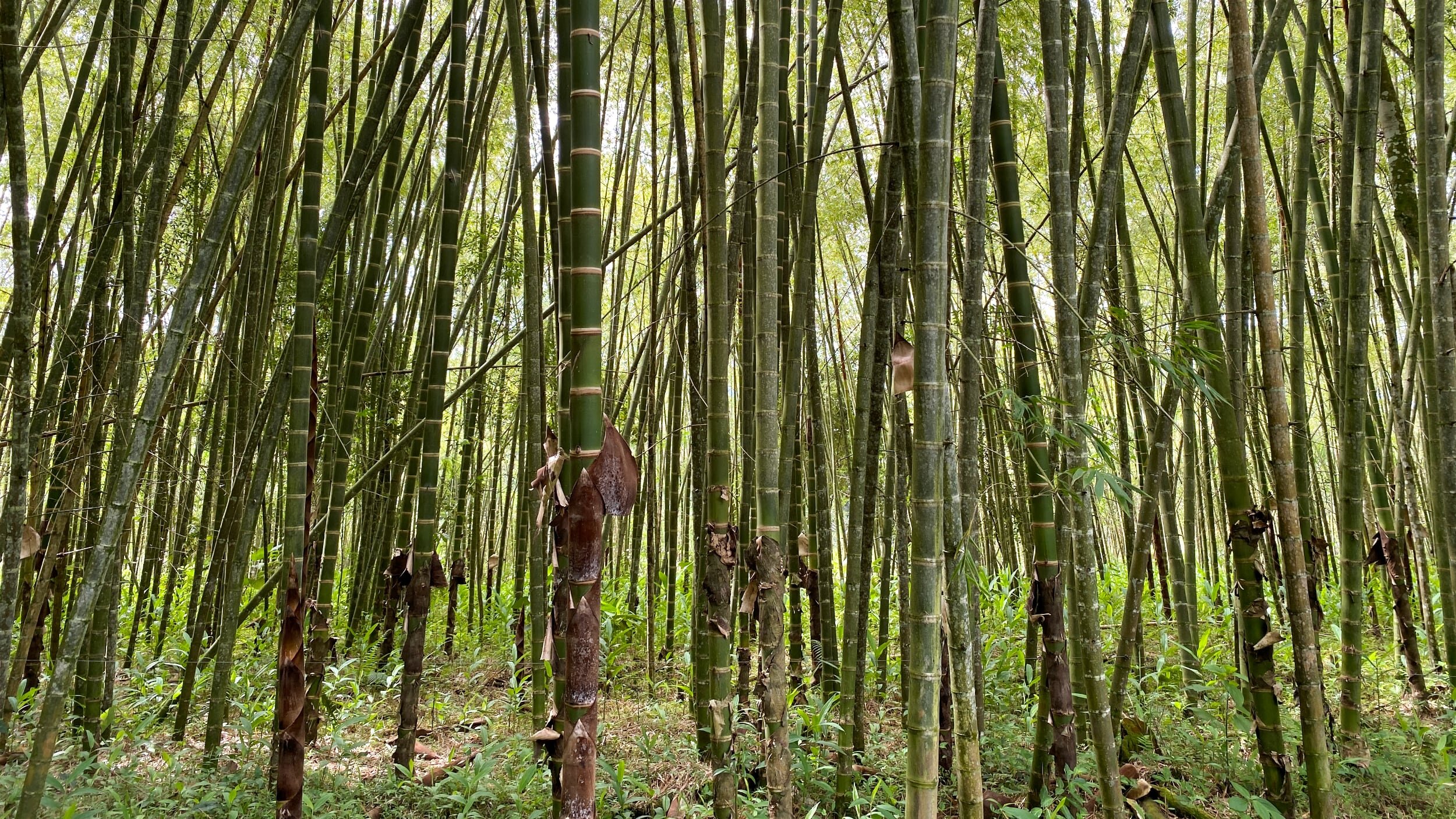
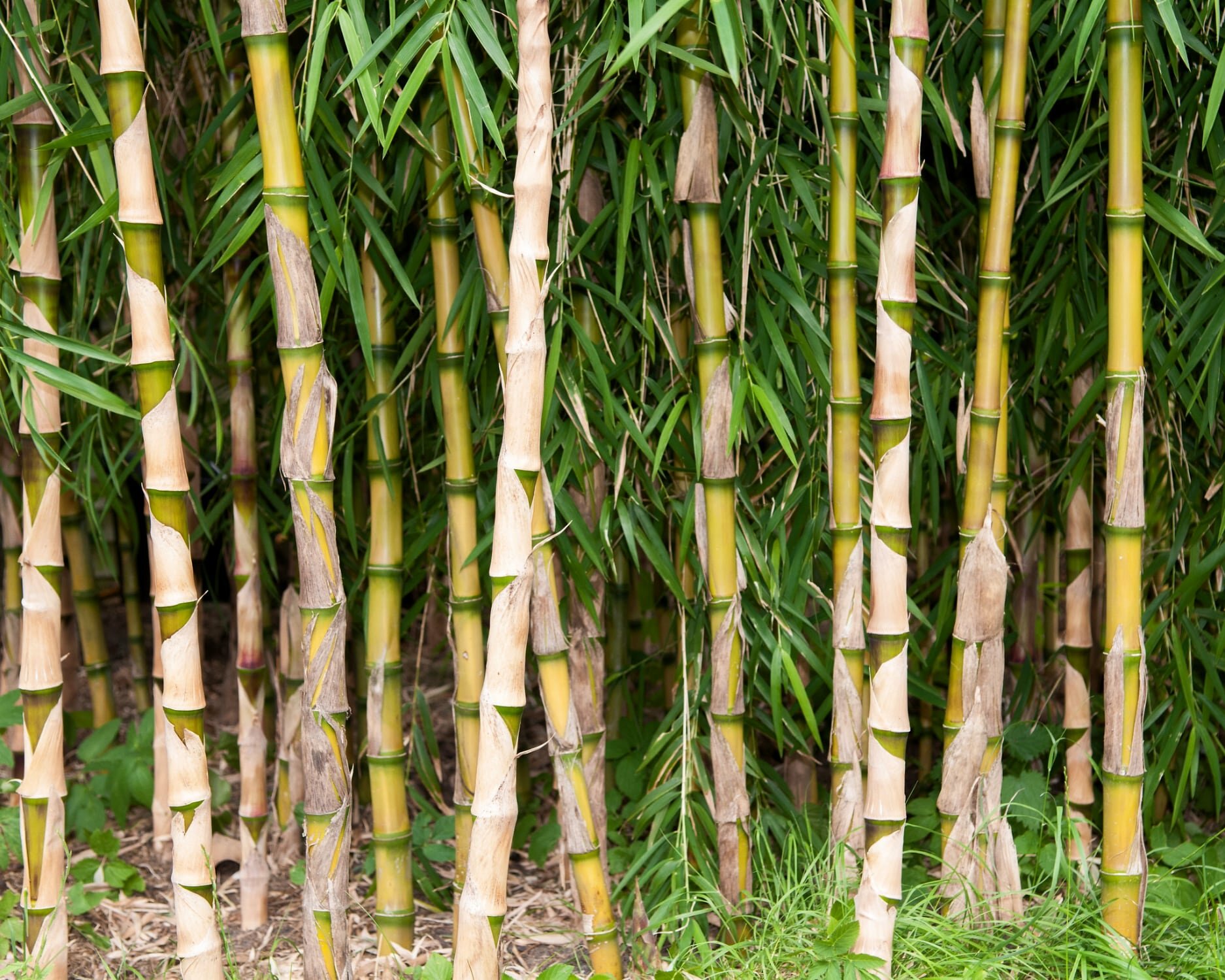
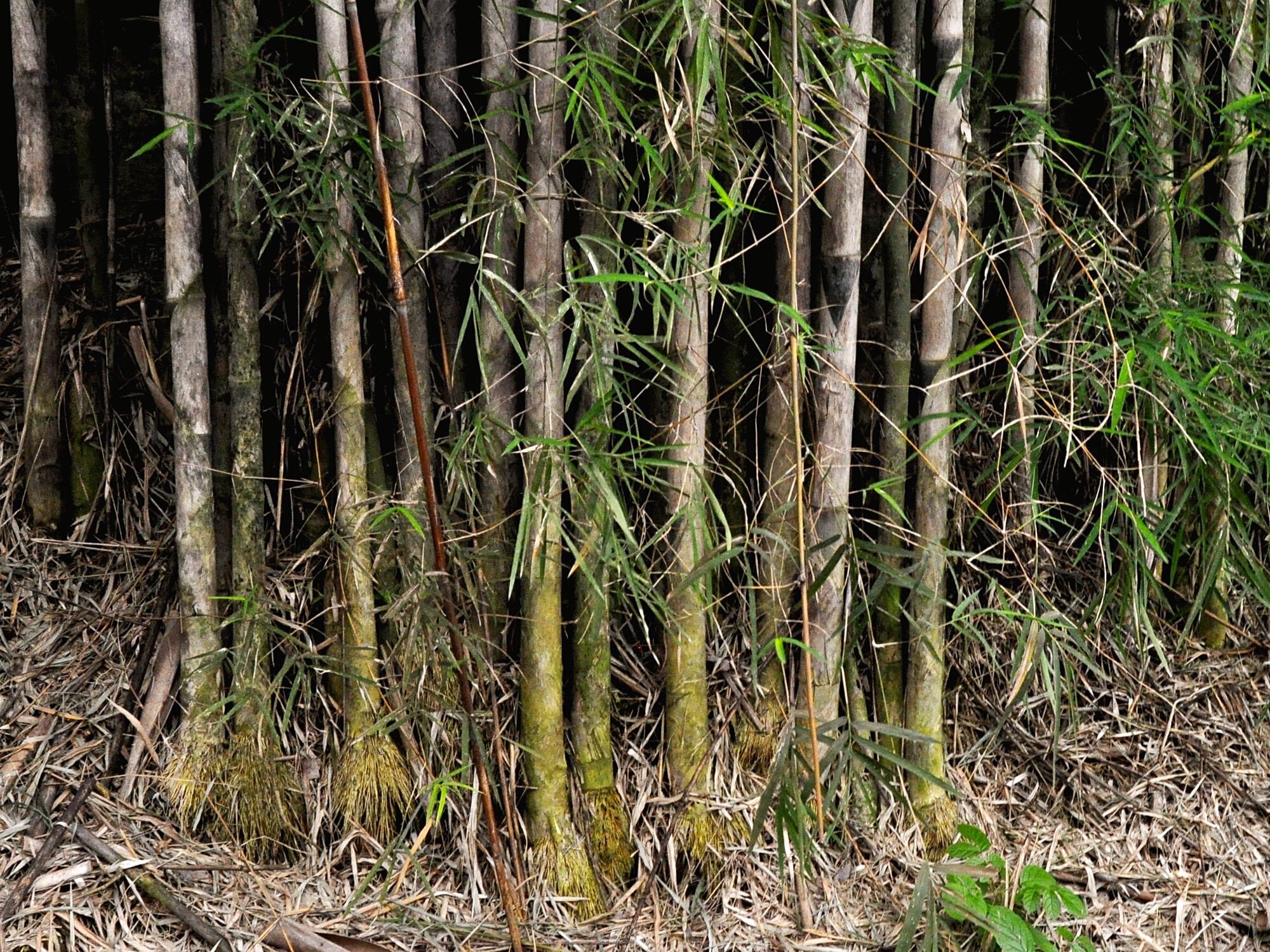

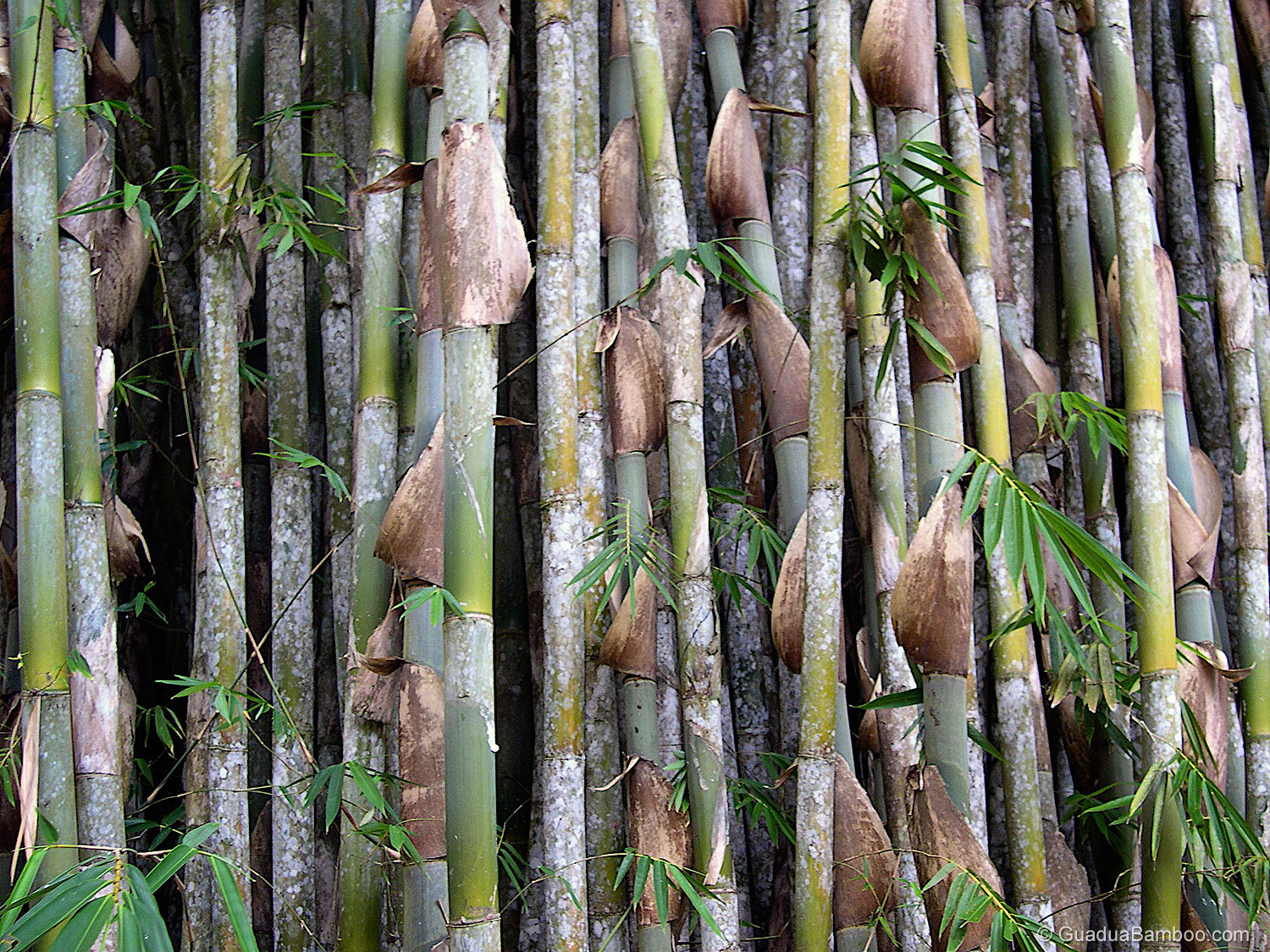









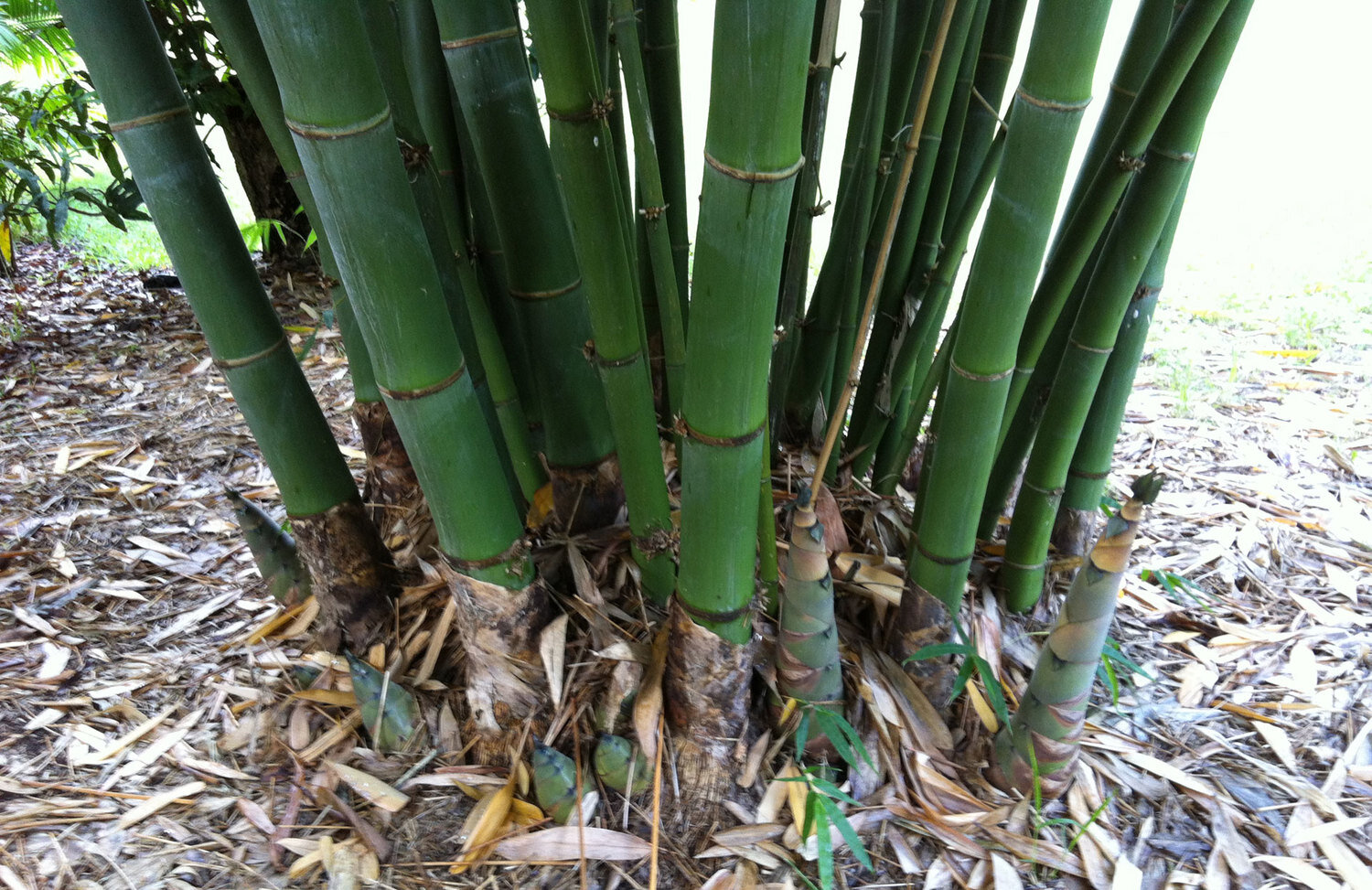




Date planted: 22 June 2021
Growth update: 20 July 2022
Adopted by: